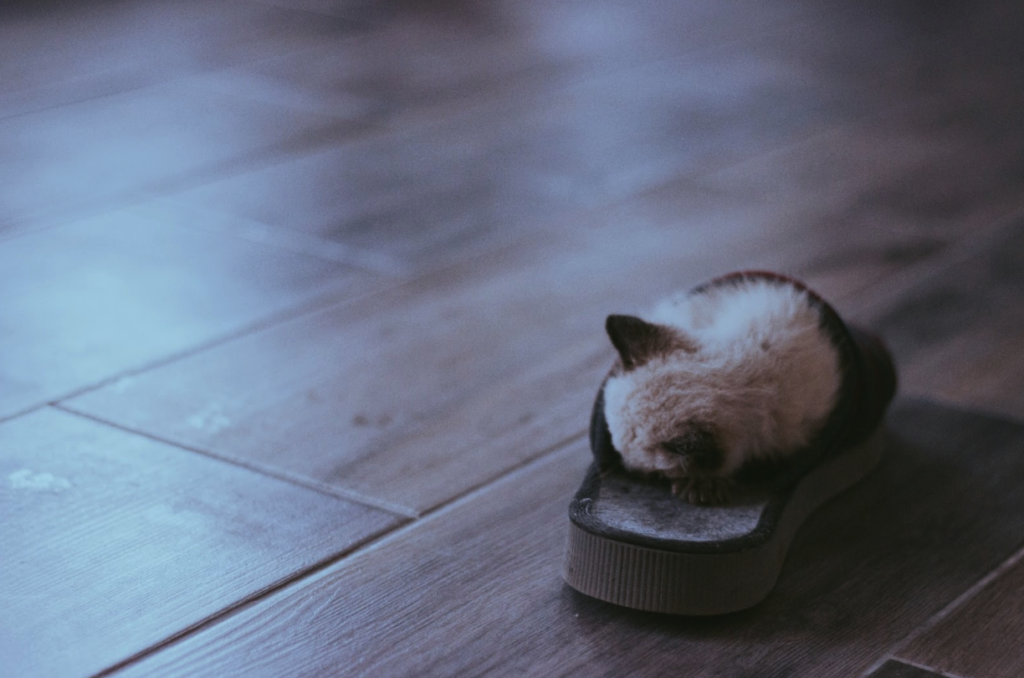Settling Your New Kitten Into Your Home

Welcoming a new kitten into your home is an exciting time for any family, however, for a tiny little kitten entering a new and strange environment, this can be daunting. Read on for tips to make your kitty feel safe, comfortable and loved in its new home.
Preparing your home
Before your kitten arrives make sure that you have the essentials. These include: food and water bowls, a snuggly cat bed, kitten food (preferably what it’s used to being fed), a litter tray and ID collar. You may want to think about things like a dustpan and brush for tidying up any accidents, gates to keep your kitten in certain areas, a scratching post and toys.
Hint: kittens love playing in cardboard boxes – so keep hold of your recycling!
Preventing danger
In addition to buying new things for your pet it’s also worth looking for existing hazardous objects which could get knocked over. Most cats can jump up to 6 times their own height so look up and down for potential hazards. Another thing you’ll need to do is to make an appointment with a local vet, for an initial check-up and to arrange when you will need to get your kitten vaccinated and neutered. Make sure your cat’s insured so you keep your costs down.
Creating a safe space
Setting up a kitten room in your home for your cat will help it settle. There should be a cat bed if possible with some familiar bedding. This will be a comfort when everything else is new. Offer food and water as well as a fresh litter tray so your new pet knows it is its den. You can find out more information on toilet training here.
Setting boundaries
Make sure you give your kitten some peace and quiet and that your kids are able to leave the kitten alone for the first few days. Your kitten should have space to sleep uninterrupted, and for the first 48 hours try to only handle your kitten when they initiate it. After that handle the kitten for short periods and always supervise young children so your kitten doesn’t get stressed.
Going further afield
Because of potential diseases you will need to check with your vet when your kitten is allowed outside. It should be a week after it’s finished its first course of vaccinations. Before you let your little one roam free make sure it’s vaccinated, neutered and has become used to life in the house. Here’s a useful resource for when you’re ready to open the cat-flap!
Whether you’re planning on keeping your cat indoor or outdoors make sure you take advantage of our exclusive indoor or outdoor insurance offers which will save you money in the long run. Our indoor insurance costs less and can even include home vet visits for scaredy cats!


